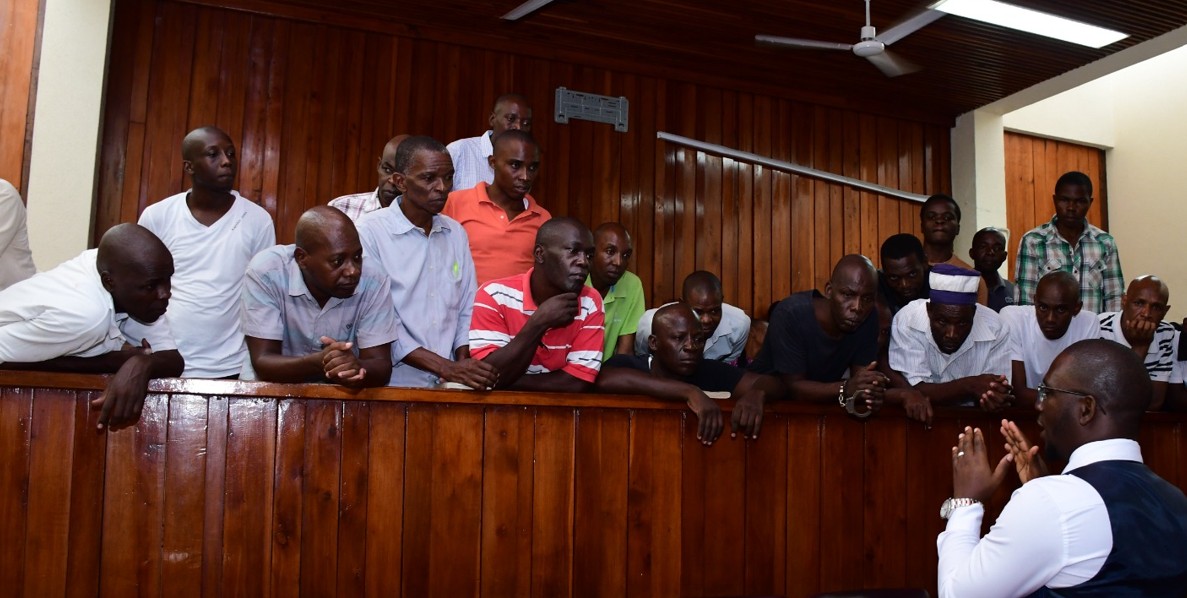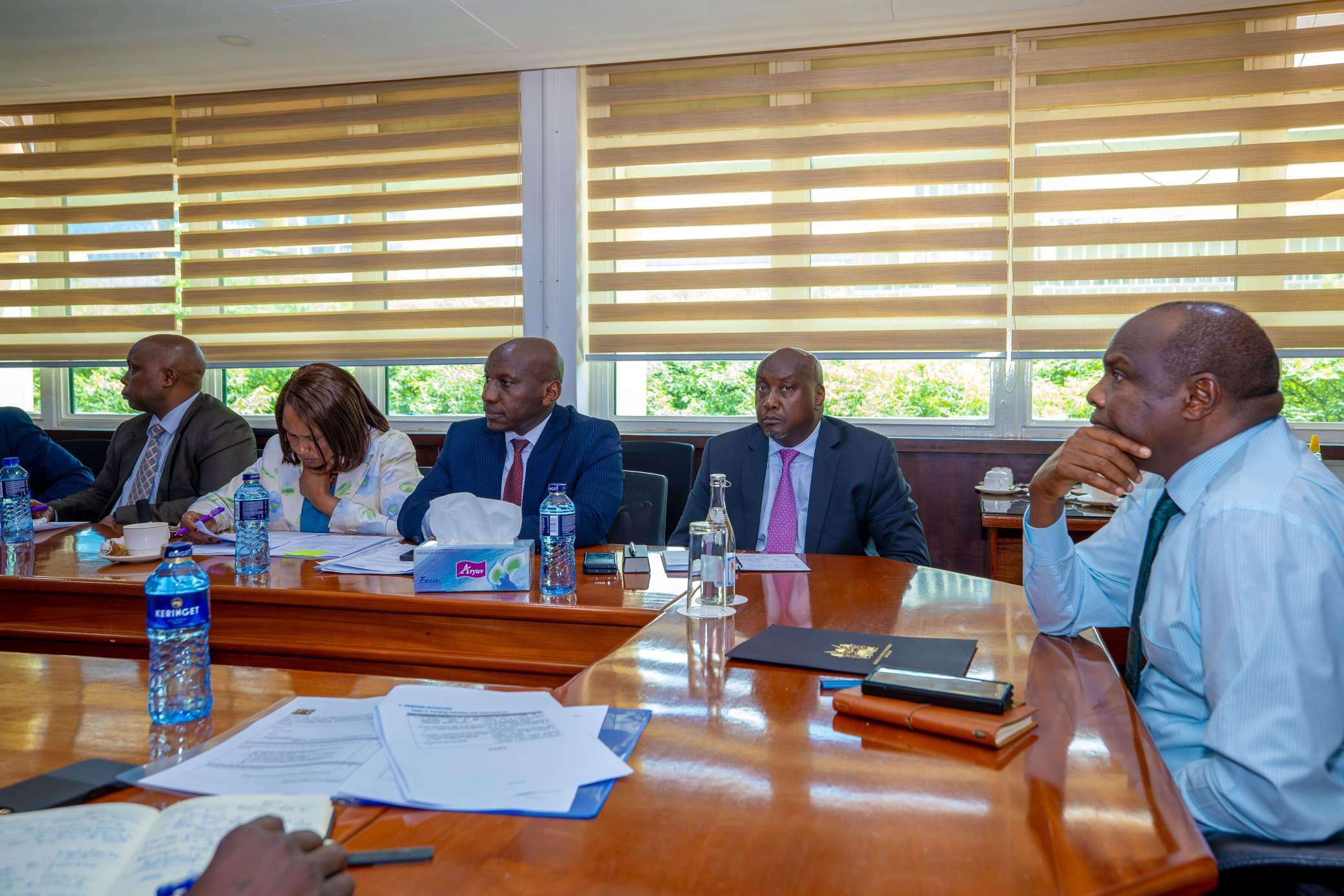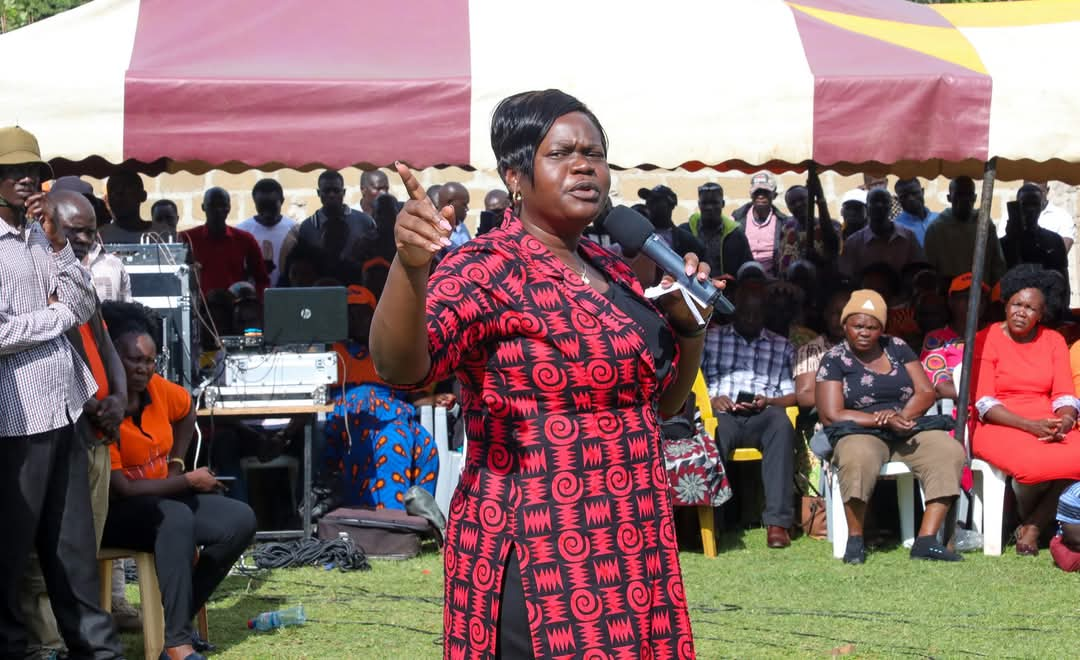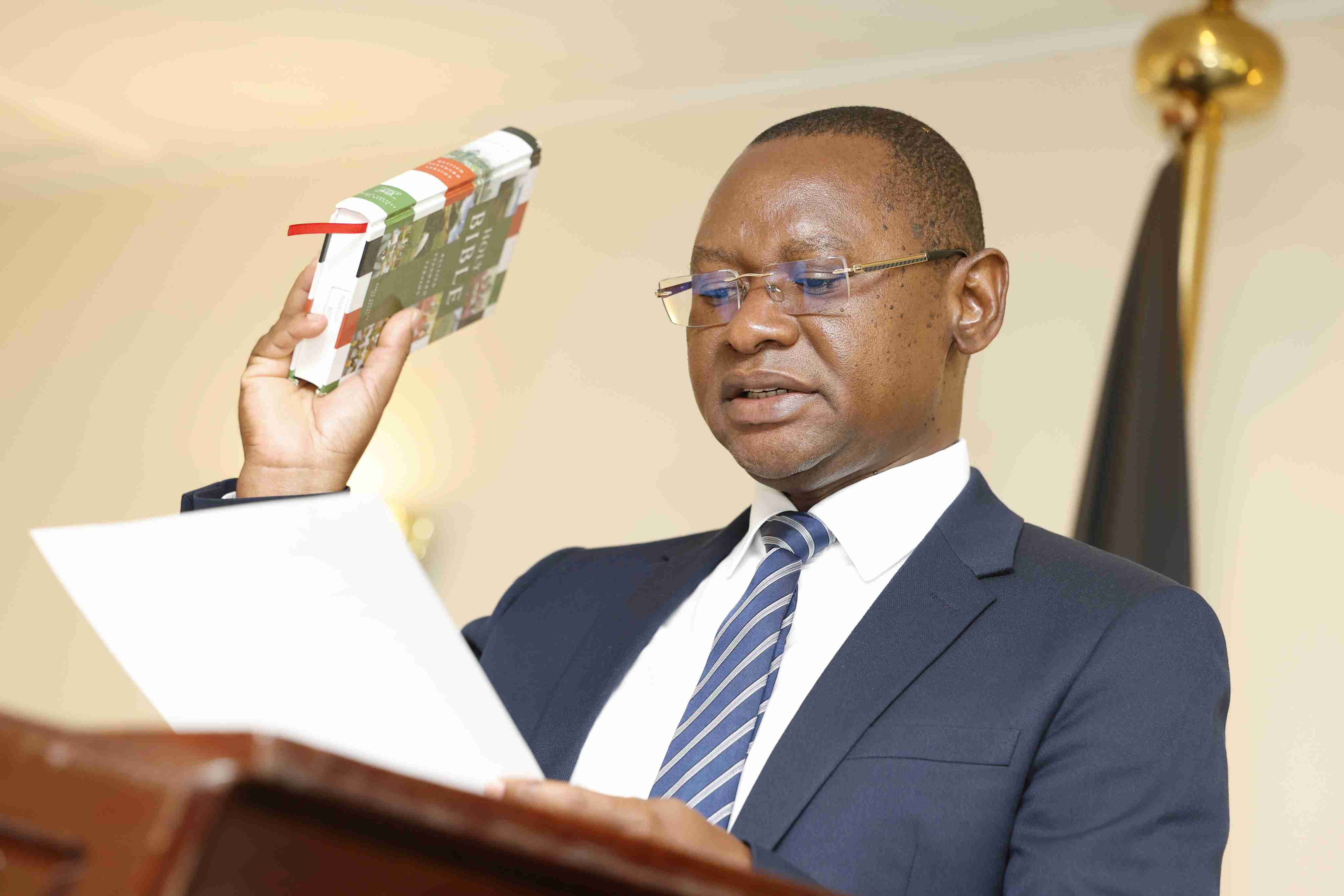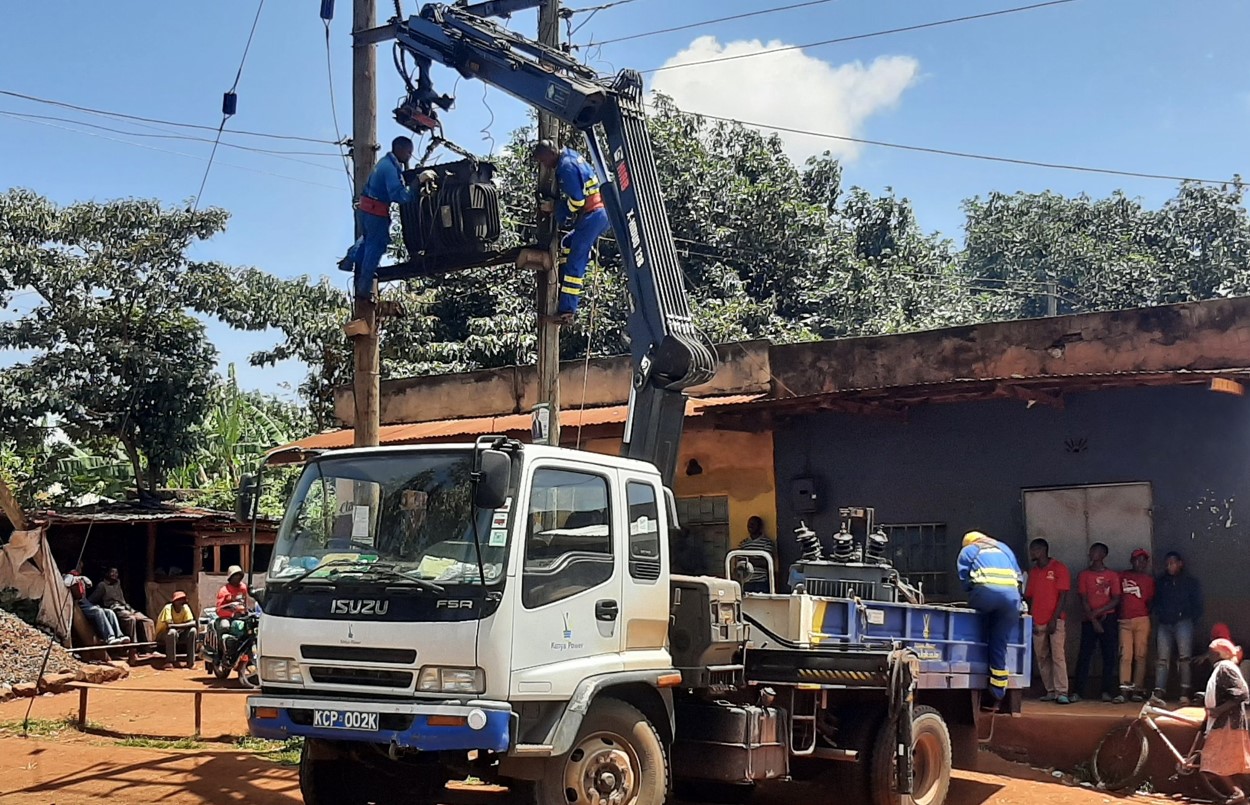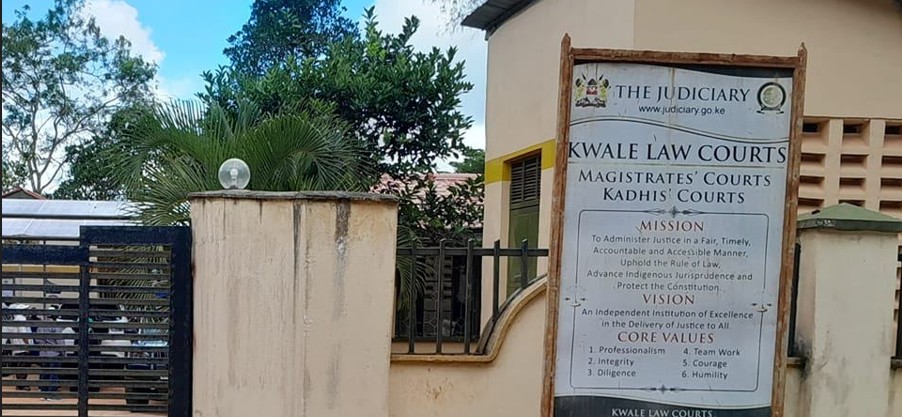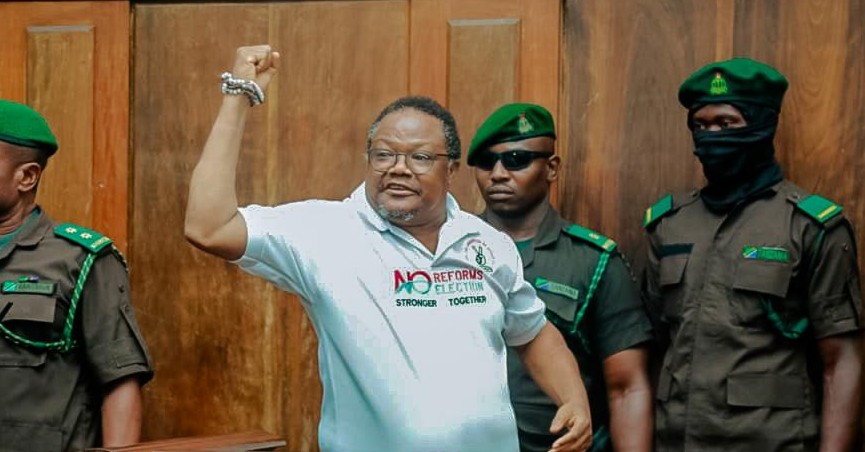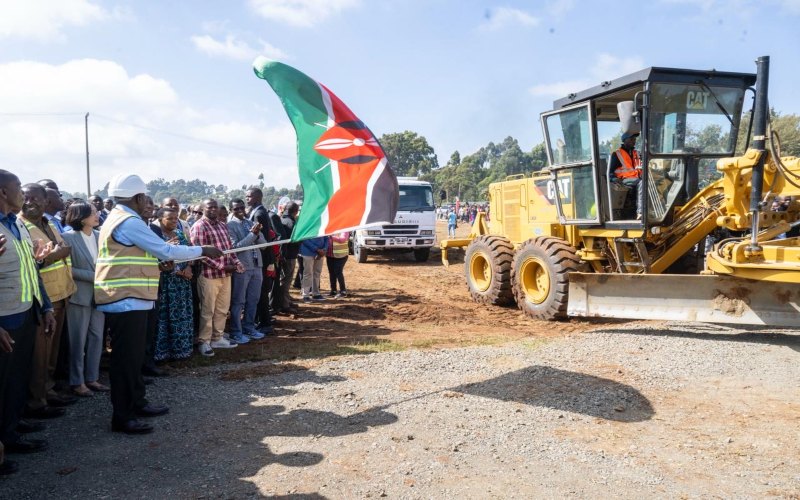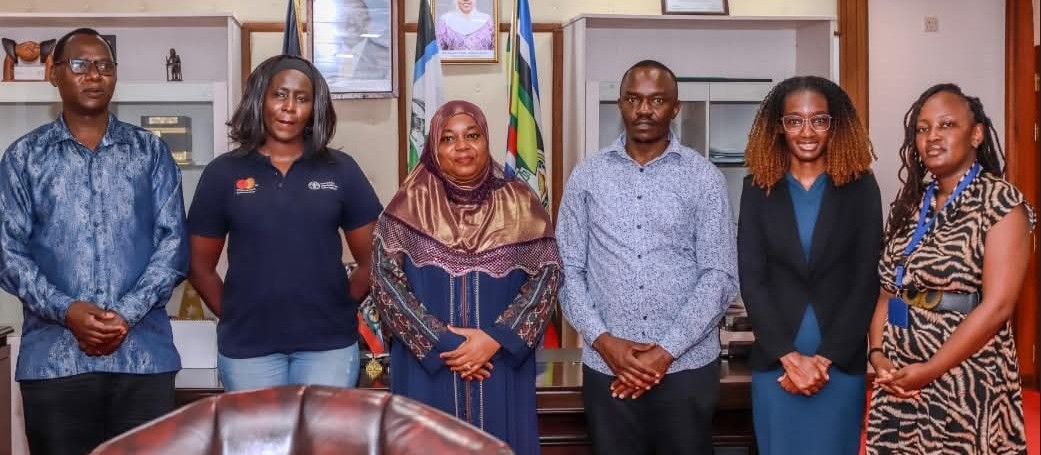Nairobi's flooding menace exposes overwhelmed colonial-era drainage system
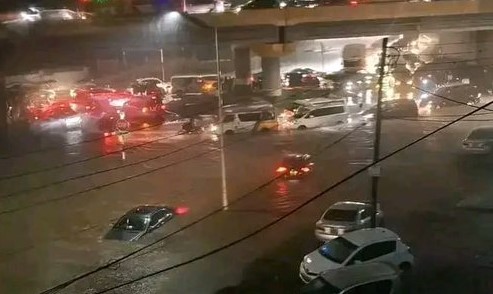
Despite the ongoing cleaning efforts, Sakaja said large-scale investments are required to overhaul Nairobi's drainage system.
Pedestrians and motorists found it nearly impossible to navigate through Nairobi's central business district on Friday night as heavy rains caused severe flooding, turning major roads into rivers of dirty water.
Moi Avenue and Tom Mboya Street were among the worst affected, with commuters struggling to find dry ground, while some pedestrians were even pulled on handcarts across flooded sections of city roads to avoid being soaked.
More To Read
- Governor Sakaja unveils six-borough structure to enhance service delivery
- Sakaja’s loan request for salaries draws ire from Nairobi MCAs for lack of details
- Race against the rains: Nairobi and Kiambu counties rush to unclog drainages and stop flooding
- Governor Johnson Sakaja appeals for funds to sustain ‘Dishi na County’
- Bunge La Mwananchi, activists move to court to block Sakaja-National Government deal
- Should Nairobi be a county? The capital city's management crisis that refuses to go away
This recurring problem underscores the city's long-standing issue with poor drainage, which has left Nairobi vulnerable to flooding every rainy season.
The situation is worsened by the inadequate infrastructure, much of which was built during the colonial era to serve a much smaller population of less than 500,000 people.
Today, Nairobi's population has surged to nearly five million, but the drainage system has not been upgraded to match this rapid growth.
In 2019, City Hall acknowledged that the city's physical planning, conducted shortly after Independence, was no longer suitable for the modern urban landscape.
Vesca Kangogo, the former Water Executive, pointed out the mismatch between the city's population and its drainage design.
"The planners did not foresee the population increase. The design of the city and major roads leading to the CBD makes it hard to properly address drainage in the CBD and the city outskirts," she said.
Significant changes needed
To overhaul the system, Kangogo noted that significant changes would be needed, including the demolition of some buildings.
However, such measures are currently impractical, given the city's dense urban layout.
Fredrick Karanja, the County Chief Officer for Roads, said the current sewer lines were designed to operate at half capacity, but now routinely overflow during heavy rains.
"We need to invest in a stormwater masterplan for the entire city, which is lacking," Karanja said.
"Inadequate design of a stormwater system automatically contributes to flooding. A big investment is required to separate the stormwater drainage and the sewer lines to stop the overflow, especially in the CBD," he added.
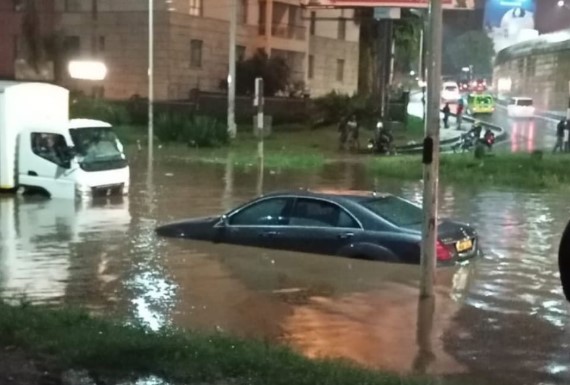
Solution?
Nairobi Governor, Johnson Sakaja has acknowledged the city's ongoing flooding issues but pointed out the difficulty of addressing them.
In January, he explained that the city's drainage system was built with a fixed capacity, which cannot handle the volume of water from heavy rains.
While the Green Army, a youth initiative contracted by the county, has worked to clear clogged drains, Sakaja noted that these efforts are insufficient when faced with extreme weather.
"We have already cleared most drainages which were done by the Green Army, but when you pour excess water, it will flood but it will settle. However, to solve the flooding situation, we need to invest heavily in the expansion of drainage," Sakaja said.
The Green Army, which plays a crucial role in keeping the city clean by unclogging drains and collecting garbage, has been instrumental in managing Nairobi's drainage challenges, but its efforts are not enough during heavy rainfall.
Large-scale investments
Sakaja further explained the financial dilemma the city faces.
"Now you prioritise that expansion for an occurrence which happens once or twice a year, costing billions, or do you put medicine in hospitals?" he posed.
"Do you have a permanent solution to a temporary problem? Do we have the resources?"
Despite the ongoing cleaning efforts, Sakaja said large-scale investments are required to overhaul Nairobi's drainage system.
However, he acknowledged the difficulty in balancing flood mitigation with other pressing needs in the city's budget.
Top Stories Today


